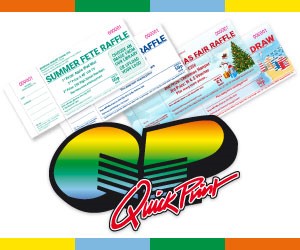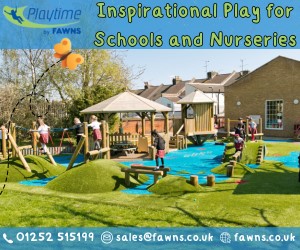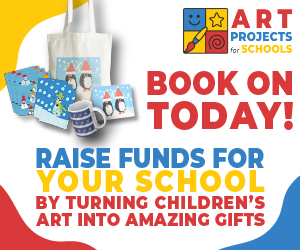Ball in a bucket
A simple game that tests throwing accuracy. To create the game, find a piece of board – you could use an old piece of MDF, chipboard, plywood or even a second-hand door. Cut holes in the board to fit a selection of buckets, which you may be able to get donated from a local hardware store or builders’ merchant. Add a stand on the back of the board to prop it up at an angle and decorate it in school colours or to match your theme. Ask players to throw balls or beanbags into the buckets to win tokens or prizes. For example, if there are four balls and four buckets, they could win a top prize by getting one ball into each bucket.
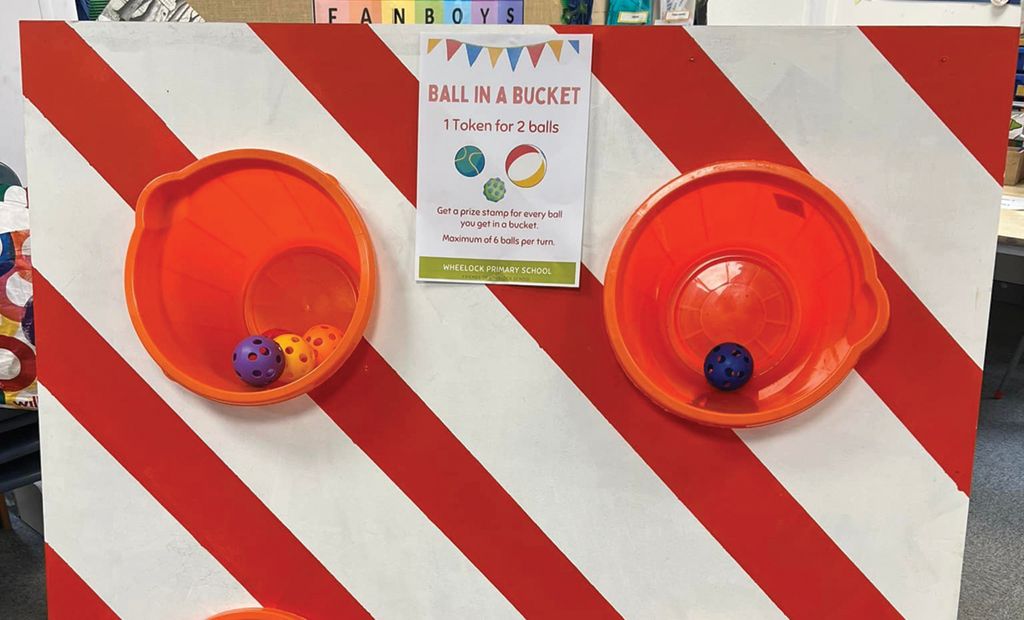
Ring toss
The classic version of ring toss features five posts arranged on a wooden cross on the ground. Another variation includes pegs mounted on a decorated vertical board. In both versions, players throw rings onto the posts or pegs to score points. Assembling the game requires a few tools, such as a saw and drill, and some paint for decoration. Once it’s done, make the rings with rope or cord, or purchase them online. For an easier version of the game, fill bottles with water or sand, and paint numbers on them to represent the points scored.

Topple the teacher
You will need a small number of clean, empty tin cans, good quality portrait photographs of the teachers and a small rubber or foam ball. Clean the cans and ensure there are no sharp edges. Then print the images in colour and stick them to the cans. To assemble, stack the cans in a pyramid shape and mark a throwing line a reasonable distance away; adjust it based on the players’ age and skill levels. Participants throw the ball, aiming to knock down as many cans as possible. Award points based on the number of cans toppled, with a special prize for anyone who gets them all. Other versions include topple the PTA members, topple the school subjects and topple the footballers.

- Design and build custom-made games and stalls
- Stall ideas for visitors of all ages
- Read our always-updated guide to summer fair games and stalls
Spin the wheel
To create a simple version, make a small wheel out of cardboard. For a more robust and reusable option, use wood. Mount the wheel on a central pivot so that it spins freely. If you are using cardboard, try a length of dowel or even a stubby pencil for the pivot; for a sturdier wheel, use a fidget spinner or a bolt and washers. Attach a pointer at the top to indicate the winning segment when the wheel stops. Either paint each section with colours or numbers that correspond to prizes or print labels that specify the prizes – some can be vouchers for free turns on other stalls.

‘I put my woodwork hobby to good use’
My son asked me to build some games for the fair at his school. But I’m not a parent there – Peter is the headteacher. It’s not the first time I’ve been involved in school events, either. I have a workshop, and I’m handy with woodwork, so I’ve made many items for him in the past, including stocks and coconut shies for his previous school. Although I am a retired management consultant, woodwork has been a long-time hobby of mine. My brother was an apprentice woodworker, and I spent a lot of time watching him. Over the years, I’ve built wardrobes and various other items for our home. For this particular fair, I only had six weeks to get everything ready. Peter wanted some tabletop games to use in the hall. First and foremost, I had to identify games that would generate revenue and then make sure they were transportable and storable. I researched the games online – one I found is called cornhole, a North American game that involves tossing beanbags into a six-inch hole on a board.
As well as cornhole, I made Play Your Cards Right, a lollipop stand (which has 200 holes drilled in a platform for lollipops), and splat the rat. I bought some plywood and glued and screwed it all together using equipment I already owned, such as table saws, a desk saw, routers and nail guns. I painted the games, but you could use coloured tape instead. At the fair, I ran the cornhole stall. It was inspiring to see parents cheering on their children and encouraging them. When the fair ended, the business manager told me that the games had generated a profit of about £600. The school reimbursed my expenses, and I have just bought some more wood so I can get started on new games. I’m keen to make a pig racing game and another set of stocks. My son can tell you how much the children enjoy throwing sponges at their headteacher!
Ken Phillips, St. Luke’s C of E primary school, Shireoaks, Nottinghamshire (185 pupils)

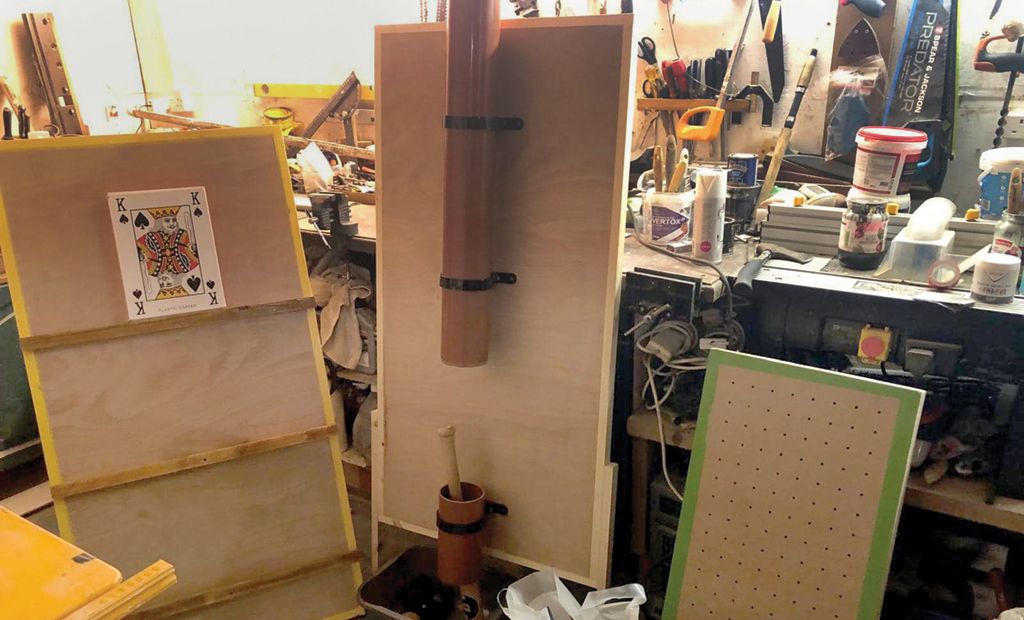



.gif)

